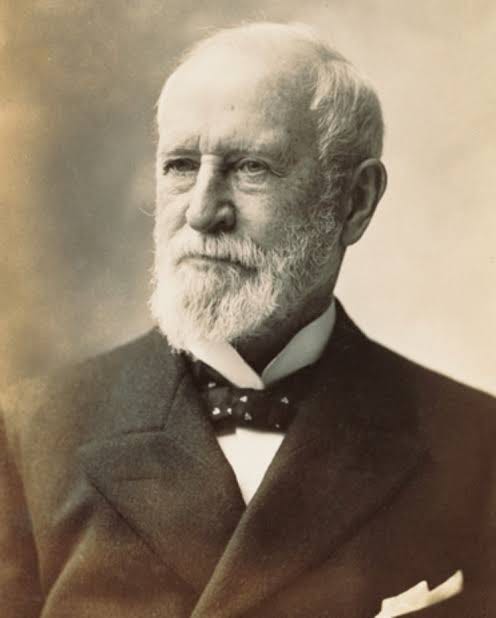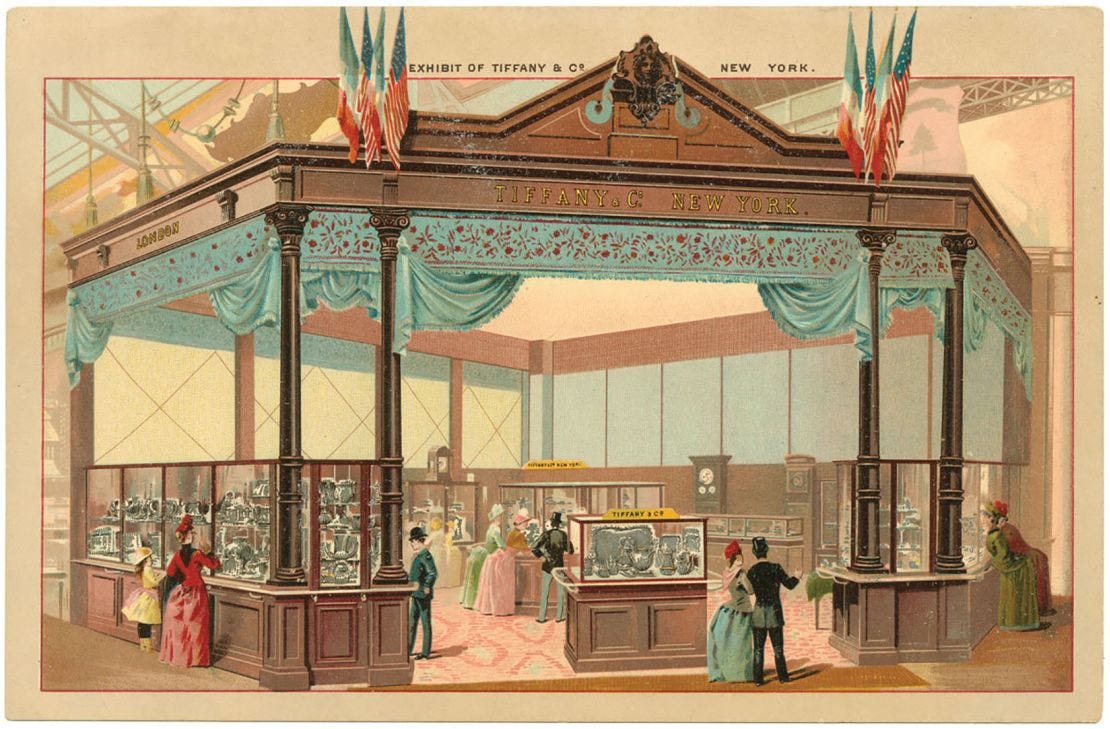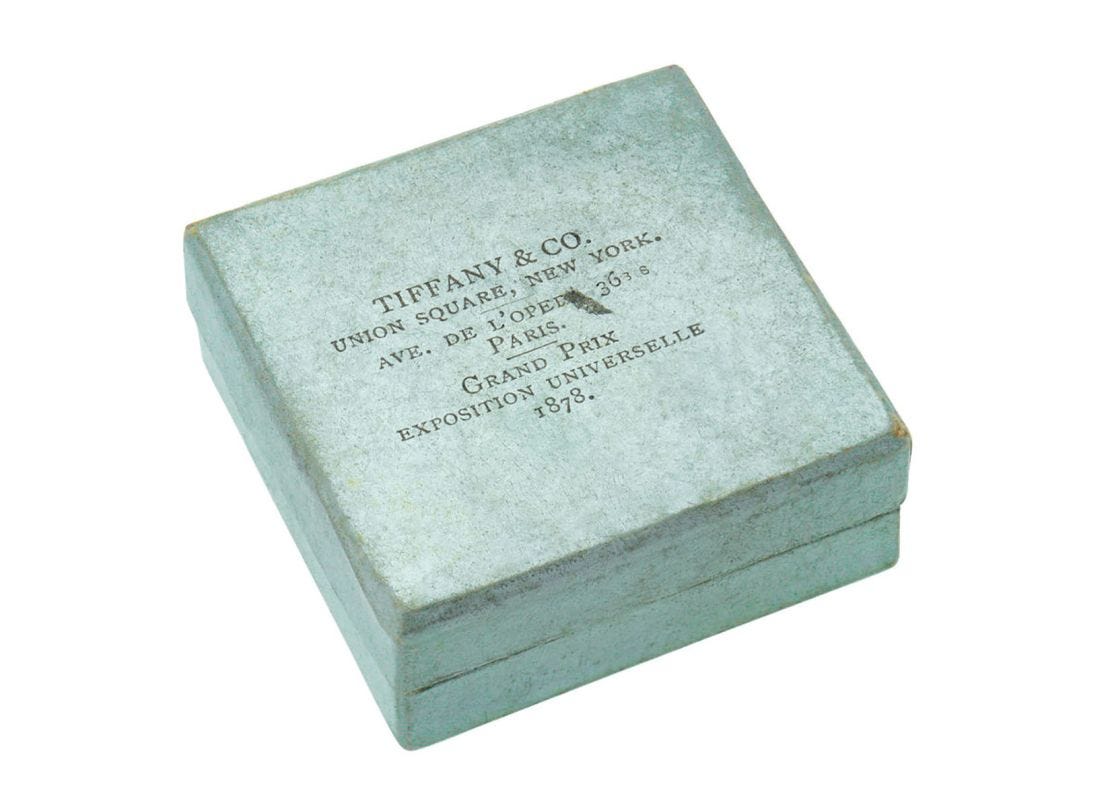How Tiffany Blue Became a Trademarked Emotion and What It Teaches About Brand Psychology
A personal exploration of color psychology, brand ownership, and the commodification of human emotions through the lens of Tiffany & Co.'s revolutionary marketing strategy
I was maybe eight or nine when I first discovered the power of color psychology. You know those little plastic watercolor boxes with the hard paint tablets? My father was an artist taught kids in our neighborhood and somehow managed to keep our lower middle-class family going with whatever he could earn from art classes and the occasional commission. Money was always tight, but he never made me feel like I couldn't explore the world of colors.
I'd save up my pocket money for weeks just to buy a new watercolor set from the stationary shops, but more often than not, my father would quietly slip me a few extra taka when he saw me eyeing the better quality paints. "Colors shouldn't be limited by what you can afford," he used to say. There was something almost magical about dipping my brush in water and watching those colors come alive on paper a magic my father had taught me to see.
But if I'm being honest, it was green that really captured my understanding of color psychology. Maybe it came from watching my father paint landscapes of our countryside he had this way of mixing different greens that made you feel like you could walk right into the painting. See, if you've ever been to Bangladesh, you'll understand what I mean about green being our national brand color. It's literally our trademark color it's right there on our flag, for crying out loud. But living in Dhaka, surrounded by all this concrete and urban chaos, you don't really get to experience that green the way it's meant to be experienced.
My father understood this connection between color and emotion. Even though our family couldn't afford trips to the countryside, he'd point out every little patch of green in our neighborhood the banana tree in our courtyard, the moss on the old walls after monsoon, the way sunlight made even the street-side grass look magical. "Green is free," he'd tell me. "It belongs to everyone."
So, I developed this habit where I'll hop on a bus or rickshaw and just head out to the outskirts of the city. Sometimes I even take my cycle to Keraniganj – it's not that far, and there's something about pedaling through the transition from concrete to green that demonstrates the psychological impact of color. What matters is getting to those places where Bangladesh shows off its real colors. Those deep, lush greens that stretch as far as you can see. Rice paddies, banana trees, jackfruit groves. It's like the whole landscape is painted in different shades of the same color, and somehow it never gets boring.
That green became my personal brand color, if you want to call it that. Not because some marketing consultant told me it would increase my brand recognition by 80% or whatever. I chose it because of those afternoons watching my father mix pigments, because of his quiet lessons about color being something that should belong to everyone, because it felt like home. It felt like me.
Which is why this whole Tiffany Blue brand psychology phenomenon fascinates me so much and honestly, bothers me a bit too. Here's a company that took a color just a color and turned it into a $2 billion marketing asset. They literally own a shade of blue through trademark law. Not the jewelry, not the store, not even the little blue box. The actual color itself. It's the complete opposite of everything my father taught me about art and color psychology.
The Science Behind Tiffany Blue's Success
So, what's the deal with this blue? Why does seeing that particular shade makes people's hearts race and their wallets open? The answer lies in decades of color psychology research.
Turns out, there's serious scientific research behind this stuff. Researchers have been studying color psychology and consumer behavior for decades now, and what they've discovered about brand colors is pretty wild. According to a comprehensive study published in the Journal of Business & Tourism, somewhere between 62 to 90% of how we judge a product comes down to color psychology alone. Not the quality, not the price, not even what the thing actually does. Just the color and our psychological response to it.
The Strategic Brilliance of Tiffany's Color Choice
Think about the strategic implications of this research. Nine times out of ten, consumers are making decisions based on color psychology before they even fully process what they're looking at. That's not irrational behavior that's how human psychology actually works.
And Tiffany understood this color psychology principle way before the academic research caught up. Back in 1837, when Charles Lewis Tiffany was starting his jewelry business, he made the strategic decision to use this specific shade of blue for his catalogs. This wasn't random marketing it was intuitive brand psychology at its finest. Blue had always been associated with trust, stability, and luxury in cultural psychology. But this particular blue similar of a robin's egg achieved something remarkable: it was simultaneously calming and distinctive, trustworthy yet attention-grabbing.
Key Color Psychology Research Supporting Tiffany's Strategy:
The academic research I've been studying validates Tiffany's approach beautifully. N. Singh and S.K. Srivastava's comprehensive study for SAGE Journals proved that "colors have always played a significant role in impacting one's moods, emotions, feelings, sensations and perception." This research essentially confirms what Tiffany discovered through practice: colors are powerful psychological tools for building brand connections.
But here's where Tiffany's strategy gets really sophisticated – they understood that brands can create specific emotional responses to their chosen colors through consistent application and strategic marketing. There's this concept researchers now call "iconic brand color priming," where a brand can establish, teach, and leverage emotional associations with their specific color. Tiffany Blue doesn't just represent luxury after 180+ years of consistent brand strategy, it actually triggers luxury feelings in consumers' minds through psychological conditioning.
How Tiffany Secured Their Color Asset
Here's where Tiffany's business strategy gets really impressive from an entrepreneurial perspective. They didn't just use this blue in their marketing they secured it as intellectual property through trademark law. Since 1998, they've held a registered trademark on Pantone color 1837 (cleverly named after their founding year brilliant branding detail).
This trademark protection means Tiffany has exclusive rights to use that exact shade of blue in the luxury jewelry market. It's not just brand differentiation – it's legal monopolization of a visual asset. No competitor can legally use that specific blue for jewelry packaging or marketing materials.
The Legal Framework for Color Branding Success
The legal precedent that enabled Tiffany's color trademark came from the Supreme Court case Qualitex Co. v. Jacobson Products Co. The court established that if a color becomes so strongly associated with a specific brand that consumers automatically connect the color to that brand, then it qualifies for trademark protection under intellectual property law.
This legal framework has enabled other successful brands to protect their signature colors too. Starbucks secured their green, UPS trademarked their brown, Barbie owns their specific pink. These companies understood what Tiffany pioneered: in the modern economy, distinctive brand colors can become valuable intellectual property assets
Tiffany's Scarcity Strategy
But owning the color through trademark law is just the foundation of Tiffany's brilliant marketing psychology strategy. The really sophisticated element is how they create psychological value through strategic scarcity.
Tiffany doesn't sell empty blue boxes you can only get that blue by purchasing their products. This isn't just packaging; it's strategic psychology. You want access to that blue experience? You have to engage with their brand ecosystem. And once customers receive it, they typically keep those boxes because discarding that blue feels emotionally significant.
The Strategic Psychology Behind Scarcity Marketing
This approach demonstrates sophisticated understanding of consumer psychology. The company has spent over a century strategically associating that blue with special occasions, meaningful relationships, and personal worth through consistent brand messaging. They've essentially created a color-emotion connection that means "you matter" and they control access to that emotional experience.
Research validates this scarcity marketing approach. When something is limited or exclusive, psychological reactance makes us value it more intensely. It's fundamental human psychology, and Tiffany has built their entire brand strategy around this principle. By controlling when and where their blue appears, they've made it significantly more psychologically desirable than if it were commonly available.
Lessons for Startups
When LVMH acquired Tiffany in 2021 for $15.8 billion, analysts recognized that a substantial portion of that valuation represented intangible brand assets including the emotional equity built around that trademarked blue color and its psychological associations.
This valuation demonstrates the real-world economic value of strategic color psychology. Research shows that effective brand color usage increases brand recognition by 80%. For companies with significant market reach, this translates to measurable increases in brand value and revenue.
Key Color Psychology Statistics for Startup Strategy
The research data offers important insights for entrepreneurs building brands:
Brand colors can boost brand awareness and recognition by up to 80%
Colors influence up to 90% of initial consumer impressions
Color affects 85% of consumers' purchase decisions
Consistent brand color usage can increase revenue by up to 23%
For startups with limited marketing budgets, understanding color psychology offers a cost-effective way to build brand recognition and emotional connection with target audiences.
Implementing Color Psychology
Tiffany's success offers valuable lessons for entrepreneurs and startup founders looking to build distinctive brands through color psychology:
1. Consistency Creates Value in Color Psychology Marketing
Tiffany has used the exact same blue for 186 years. This consistency creates neural pathways in consumers' minds that automatically associate their color with luxury, trust, and special occasions. For startups, this means choosing your brand colors strategically and then committing to them completely across all touchpoints.
Startup Implementation Strategy:
Choose colors that align with your brand personality and target audience psychology
Use your chosen colors consistently across all marketing materials, packaging, and digital assets
Resist the temptation to frequently change or update your color palette
Document your exact color codes (Pantone, hex, RGB) to ensure consistency
2. Create Emotional Associations Through Strategic Color Application
Tiffany didn't just pick a pretty blue they strategically associated it with meaningful experiences through their marketing and customer journey design. Every interaction with that blue reinforces feelings of luxury, celebration, and personal significance.
Startup Implementation Strategy:
Identify the emotions you want your brand to evoke in customers
Choose colors that naturally support those emotional associations
Design customer touchpoints that reinforce the color-emotion connection
Tell stories that connect your brand colors to meaningful experiences
3. Build Scarcity and Exclusivity Around Your Brand Assets
Tiffany's controlled use of their blue creates psychological value through strategic scarcity. They don't overexpose their signature color – they make it special by controlling when and where it appears.
Startup Implementation Strategy:
Use your signature brand colors strategically rather than overwhelming every design element
Create special applications of your colors for premium products or exclusive experiences
Consider trademark protection for distinctive color combinations as your brand grows
Build anticipation around color reveals in product launches or marketing campaigns
4. Leverage Color Psychology for Cost-Effective Brand Differentiation
For resource-constrained startups, color psychology offers powerful brand differentiation that doesn't require massive marketing budgets. Smart color choices can create distinctive brand recognition and emotional connection without expensive advertising campaigns.
Startup Implementation Strategy:
Research color psychology in your specific industry and target market
Identify color opportunities that competitors aren't effectively using
Test color combinations with focus groups or A/B testing in digital marketing
Invest in professional color consultation if budget allows – it's often worth the ROI
Research-Based Color Psychology Strategies for Entrepreneurs
Based on the academic research and Tiffany's success case study, here are proven color psychology strategies that startups can implement:
Practical Implementation Framework:
Phase 1: Strategic Color Selection
Research your target audience's color psychology preferences
Analyze competitor color strategies to identify differentiation opportunities
Test color options with potential customers before finalizing brand palette
Document color codes and usage guidelines for consistency
Phase 2: Systematic Brand Application
Apply colors consistently across all brand touchpoints
Create brand guidelines that specify color usage rules
Train team members on proper color application
Monitor brand consistency across marketing materials and customer experiences
Phase 3: Building Color-Emotion Associations
Design customer experiences that reinforce desired color associations
Tell brand stories that connect colors to meaningful experiences
Use colors strategically in product launches and marketing campaigns
Gather customer feedback on color associations and adjust strategy accordingly
Phase 4: Legal Protection and Asset Development
Consider trademark applications for distinctive color combinations
Document the business value created through color strategy
Protect color assets as intellectual property grows more valuable
Expand color strategy as brand recognition increases
The Future of Color Psychology in Startup Strategy
Tiffany's success demonstrates that in our increasingly visual, digital economy, strategic color psychology isn't just about aesthetics it's about building valuable brand assets that can drive customer recognition, emotional connection, and ultimately, business value.
For startups operating in competitive markets with limited marketing budgets, understanding and implementing color psychology offers a cost-effective pathway to brand differentiation and customer loyalty. The key is approaching color strategically rather than aesthetically, viewing color choices as long-term brand investments rather than short-term design decisions.
Building Your Color Psychology Competitive Advantage
The most successful startups will be those that understand color psychology as a strategic business tool rather than just a creative element. By studying cases like Tiffany Blue and applying color psychology research to their specific markets and customers, entrepreneurs can build distinctive brands that create genuine emotional connections with their audiences.
Remember, Tiffany turned a single color into a $2 billion asset through strategic thinking, consistent application, and deep understanding of human psychology. While your startup may not reach that exact scale, the principles they pioneered consistency, emotional association, strategic scarcity, and legal protection can help any entrepreneur build more distinctive and valuable brand assets through smart color psychology.
References and Further Reading on Color Psychology and Marketing
Academic Research Papers on Color Psychology:
Singh, N., & Srivastava, S.K. (2011). "Impact of Colors on the Psychology of Marketing — A Comprehensive over View." SAGE Journals. https://journals.sagepub.com/doi/10.1177/0258042X1103600206
"Color Psychology in Marketing" (2021). Journal of Business & Tourism, 7(2). https://www.jbt.org.pk/index.php/jbt/article/view/99
"The psychological dimension of colors: a systematic literature review on color psychology" (2022). ResearchGate. https://www.researchgate.net/publication/359858317_The_psychological_dimension_of_colors_a_systematic_literature_review_on_color_psychology
Palmer & Scheoss (2010). "Color Psychology in Marketing." https://www.researchgate.net/publication/354848275_Color_Psychology_in_Marketing
Additional Marketing Psychology Resources:
USC Applied Psychology. "Color Psychology in Marketing." https://appliedpsychologydegree.usc.edu/blog/color-psychology-used-in-marketing-an-overview
CalState ScholarWorks. "Marketing: Color Psychology in Branding." https://scholarworks.calstate.edu/concern/projects/r781wp61j











